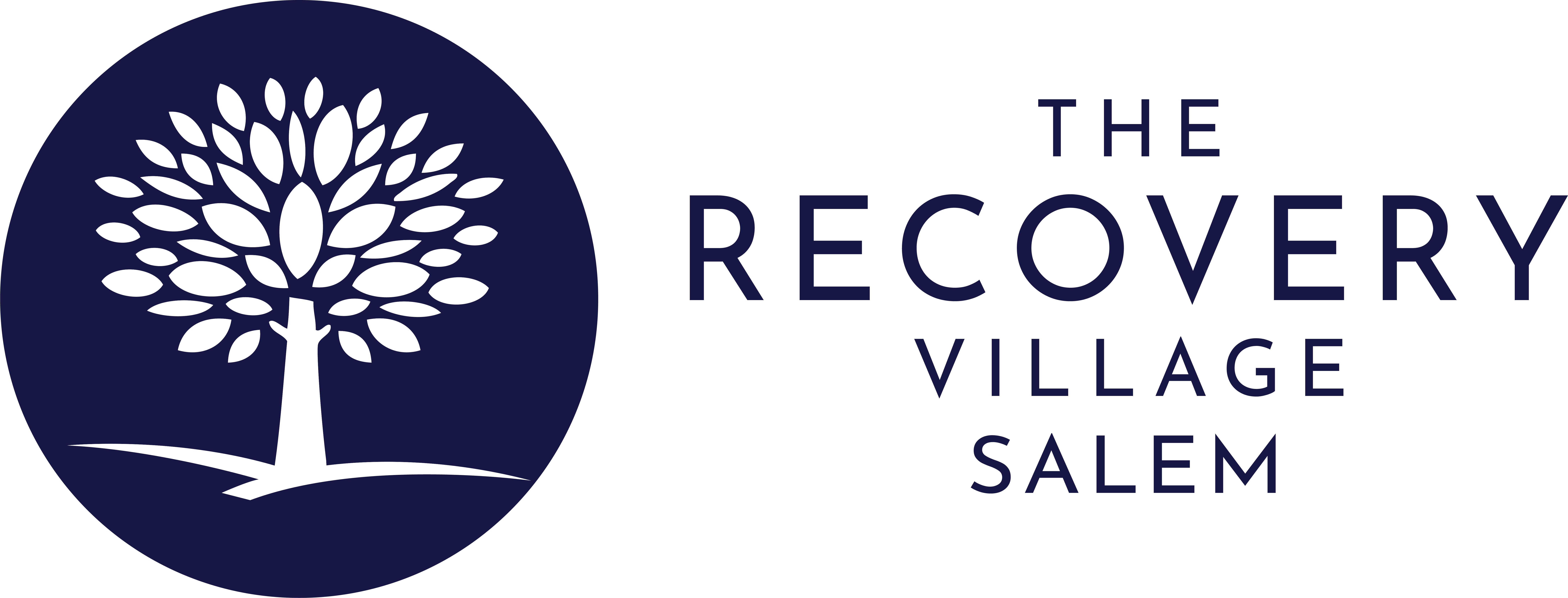Prescription medications can be powerful healing tools when used properly under the guidance of a healthcare professional. However, some prescription drugs carry a higher risk of misuse, addiction and severe health complications. Whether due to high potency, easy accessibility or common misconceptions about their safety, these medications present unique challenges for both patients and prescribers. Understanding the potential dangers can help individuals stay informed, prevent misuse and recognize when professional help may be necessary.
1. Opioids
Common Examples: Oxycodone (OxyContin), Hydrocodone (Vicodin), Morphine, Fentanyl
Why They’re Dangerous:
Opioids are often prescribed for pain management, especially after surgeries or serious injuries. While they can be highly effective at easing pain, they also carry a significant risk of physical dependence and addiction. Repeated use can lead the body to require increasing doses to achieve the same level of pain relief or euphoria, setting the stage for misuse or overdose. This heightened tolerance can quickly spiral into serious health consequences, including respiratory depression and, in severe cases, death. The opioid epidemic in the United States is evidence of how quickly and profoundly misuse of these medications can impact individuals and communities.
2. Benzodiazepines
Common Examples: Alprazolam (Xanax), Diazepam (Valium), Lorazepam (Ativan)
Ready to Break Free From Addiction?
If you’re seeking help for yourself or a loved one, our expert team is here to guide you every step of the way. Don’t wait—start your journey to recovery today.
Why They’re Dangerous:
Benzodiazepines (“benzos”) work by enhancing the effect of the brain chemical gamma-aminobutyric acid (GABA), which reduces anxiety and helps with sleep. The main danger lies in their habit-forming nature: with prolonged use, the body becomes dependent on these drugs and needs larger doses to experience the same calming effect. Additionally, combining benzodiazepines with other central nervous system depressants, particularly alcohol or opioids, can be deadly due to profound respiratory depression. Abruptly stopping benzodiazepines after long-term use can lead to severe withdrawal symptoms such as seizures, panic attacks and rebound insomnia.
3. Stimulants
Common Examples: Amphetamine/Dextroamphetamine (Adderall), Methylphenidate (Ritalin), Dexmethylphenidate (Focalin)
Why They’re Dangerous:
Stimulants are prescribed primarily to treat attention-deficit/hyperactivity disorder (ADHD) and sometimes narcolepsy. These drugs increase alertness, focus and energy by boosting dopamine and norepinephrine activity in the brain. However, stimulants also raise heart rate and blood pressure, posing risks for individuals with preexisting cardiovascular issues. When misused — for instance, taken in higher doses or crushed and snorted for a quicker “high” — they can lead to anxiety, paranoia, irregular heartbeat and in extreme cases, heart failure or stroke. Students and professionals under pressure may misuse stimulants to improve productivity, which further increases the risk of dependency.
4. Barbiturates
Common Examples: Phenobarbital, Pentobarbital (Nembutal), Amobarbital (Amytal)
Why They’re Dangerous:
Barbiturates were once frequently prescribed for anxiety, insomnia and seizure disorders. Though less common today, they still pose significant risks due to their narrow therapeutic index — the difference between a safe dose and a toxic dose is small. Overdose can quickly lead to respiratory failure, coma or death. Their sedative properties are highly potent, and they are especially dangerous if combined with alcohol or opioids. With safer alternatives available, barbiturate prescriptions have declined, yet they remain hazardous when misused.
5. Muscle Relaxants
Common Examples: Carisoprodol (Soma), Cyclobenzaprine (Flexeril)
Why They’re Dangerous:
Muscle relaxants are prescribed for the treatment of muscle spasms and pain. Although generally not considered as habit-forming as opioids or benzodiazepines, certain muscle relaxants (e.g., carisoprodol) carry a risk of misuse, dependence and withdrawal symptoms. When taken in higher doses than prescribed or combined with other depressants, they can significantly slow breathing and impair cognitive function. Signs of misuse may include drowsiness, confusion, or seeking refills earlier than prescribed.
Recognizing Signs of Misuse
Prescription drug misuse can be subtle at first. Warning signs may include:
- Frequent requests for refills or using multiple prescribers (“doctor shopping”)
- Behavioral changes, such as mood swings, irritability or social withdrawal
- Physical changes, like unexplained drowsiness, weight loss or changes in sleep patterns
- Developing tolerance, needing higher doses to feel the same effect
- Withdrawal symptoms when doses are reduced or the medication is stopped
Early detection and intervention can make a significant difference in preventing addiction, overdose or life-altering health consequences.
Seeking Treatment and Support
If you or a loved one is struggling with prescription drug misuse, professional help is available. Treatment programs often include a combination of medical supervision, counseling and therapy, and holistic approaches designed to tackle the root causes of addiction. Effective treatment may involve:
- Detoxification in a safe, medically supervised environment
- Individual and group therapy, addressing mental health and behavioral patterns
- Medication-assisted treatment, when appropriate, to manage withdrawal or cravings
- Aftercare support, such as 12-step programs or outpatient therapy to maintain sobriety and prevent relapse
Finding Help at The Recovery Village Salem
The Recovery Village Salem offers comprehensive treatment options for those seeking to overcome addiction to prescription drugs and other substances. Our caring staff, evidence-based programs and supportive environment help individuals break the cycle of misuse and rebuild healthier lives. If you or someone you know needs help, reach out today to begin the journey toward recovery. Contact us today for more information on our addiction treatment programs.
Remember: Prescription drugs can be highly beneficial when used exactly as directed, but even legitimate uses can carry risks. By staying informed about potential dangers, recognizing warning signs and seeking professional support, you can protect yourself and others from the harms of prescription drug misuse. Empowering yourself with knowledge and resources is the first step in ensuring a safer, healthier future.



